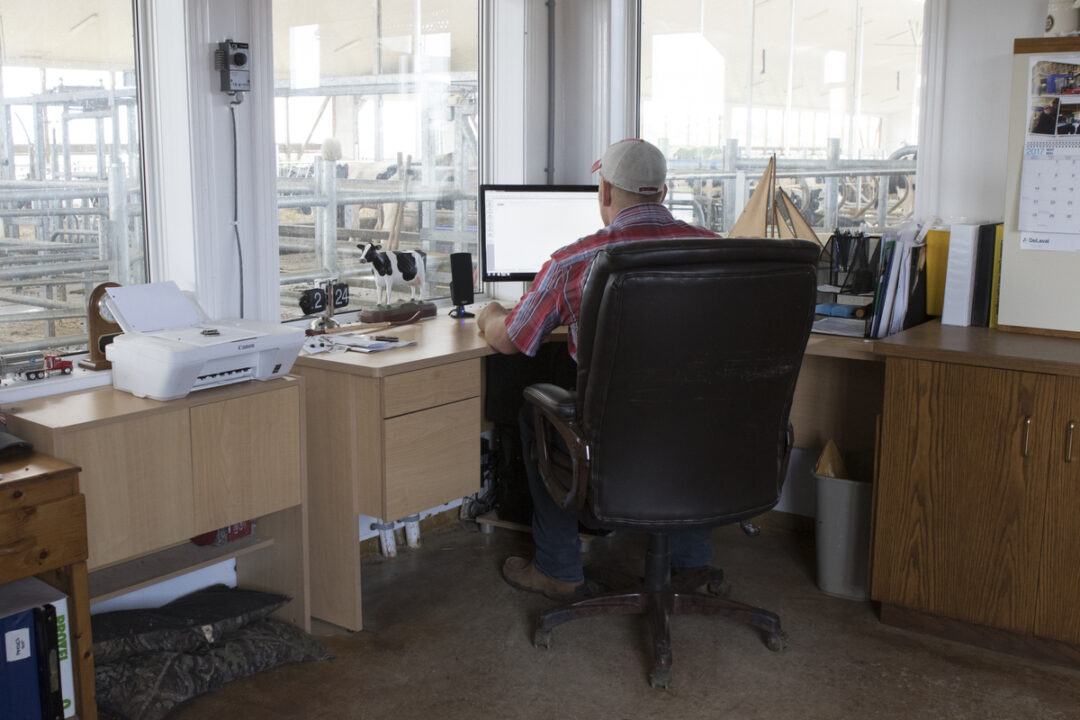“The only thing worse than training your employees and having them leave is not training them and having them stay.” Since this quote is from Henry Ford, it is approximately a century old. If this was true for his assembly line workers, it certainly is even more true today.
Consider what would happen if you planted your crop and then just let it grow until harvest or if you put a cow ready to calve in the maternity pen and then never checked her until you heard the newborn calf. Now consider what could happen if you hired employees, oriented them, provided initial training and then just let them do their job until they left or retired. Certainly, you would never consider doing the first two; however, the third is essentially what we often do.
Why is this possible? I believe there are two reasons. The first is that workforce development is important but never urgent; the second is that dairy farms rarely have processes and systems in place for employee development.
Let me suggest that given the current labor situation and workforce values, this absence of a workforce development system and the resulting lack of a continuous improvement culture is the greatest threat to many dairy farm businesses. This may be especially true for small and medium-sized farms since large farms are more likely to be developing these systems.
Why do I make this seemingly outrageous statement? Dairy farms are competing not just with other farms but with all businesses for employees, and many of these larger businesses have human resource departments. Increasingly, these departments are being called “People Operations Leaders” or similar titles to reflect their greater emphasis on workforce development. The presence of a department with workforce development as a key responsibility creates an urgency that is not present on most farms.
This means that almost all farms have a competitive disadvantage when it comes to workforce development. I do believe, though, that dairy farms can overcome this disadvantage by making workforce development a priority and developing systems that make continuous improvement a part of the operation, farm culture and the success of the dairy farm business.
There is research that concludes that employees have a greater thirst for training and development than their agricultural employers think they do. For example, a study published in the Journal of Dairy Science in 2018 compares employer and employee responses about their interest in learning. On a scale of 1 to 5 with 5 being the most positive, employer responses averaged 3.3 out of 5 while employee responses averaged 4.9 out of 5. This indicates a strong interest from employees surveyed in learning new skills and information. To see how this stacks up on your own farm, you could do an anonymous employee survey to measure your team’s interest in learning about various topics, along with enhancing their skill sets.
My goal with this article is to assist you in your farm’s workforce development journey. Let’s start by recognizing that workforce development has three components:
- Training: Helps employees improve performance in their current job. This can include improvements in current tasks or learning an additional task.
- Development: Learning that is beyond the scope of the current job. It is, therefore, future-oriented. This training prepares the workforce for future opportunities including promotions. It also includes preparation for changes in the current job including introducing new technologies.
- Career planning: There is an overlap here with development. Career planning has a longer time horizon and is more structured. More of a career focus in everything from hiring to compensation to development is critical to future farm success. I have clients who have dramatically increased the quality of their workforce by becoming more career-focused.
I hope you are now asking how your dairy farm can get started on the workforce development journey. Let’s start with two ideas:
- Coaching: Think about what coaches from youth sports to the pros are doing at practice and even during the game. They are providing tips to players on how to improve. We call this redirection feedback, which redirects them to success. Redirection feedback is the most powerful form of short-term workforce development. Frequent use of redirection feedback is crucial to developing a continuous improvement culture. Any time you observe an employee and think “He/she should or could do that better,” stop, do not pass “Go,” do not collect $200. Instead, provide redirection feedback. Take the time to explain to him or her how to perform the task correctly and provide redirection feedback. There may be some initial negative reactions because none of us want to know that we are not perfect. After some thought and reflection, the employee should and likely will appreciate the feedback. With practice, redirection feedback gets easier for you to give and for the employee to receive.
- Personal growth: It is important for you to understand employees’ interest in workforce development, meaning personal growth. There is a contradiction here. The research on employee motivation makes it very clear that we as human beings essentially all desire personal growth. However, employees often resist growth and additional responsibility opportunities. The countervailing force to the growth desire is fear of failure. I often use a teeter-totter to illustrate the balance between these two forces. Use compassion, clarity and encouragement when discussing and giving additional responsibility. Giving an employee additional responsibility in small increments can also reduce their concerns about failure. Other tips include asking for ideas and even drafts of how the new responsibility will be implemented and establishing checkpoints so you do not have to make unannounced check-ins that will feel like micromanaging.
Professional development is a huge key to the continuing success of you, your employees and your farm business. Focus on redirection feedback and tipping the teeter-totter in favor of accepting additional responsibility.










